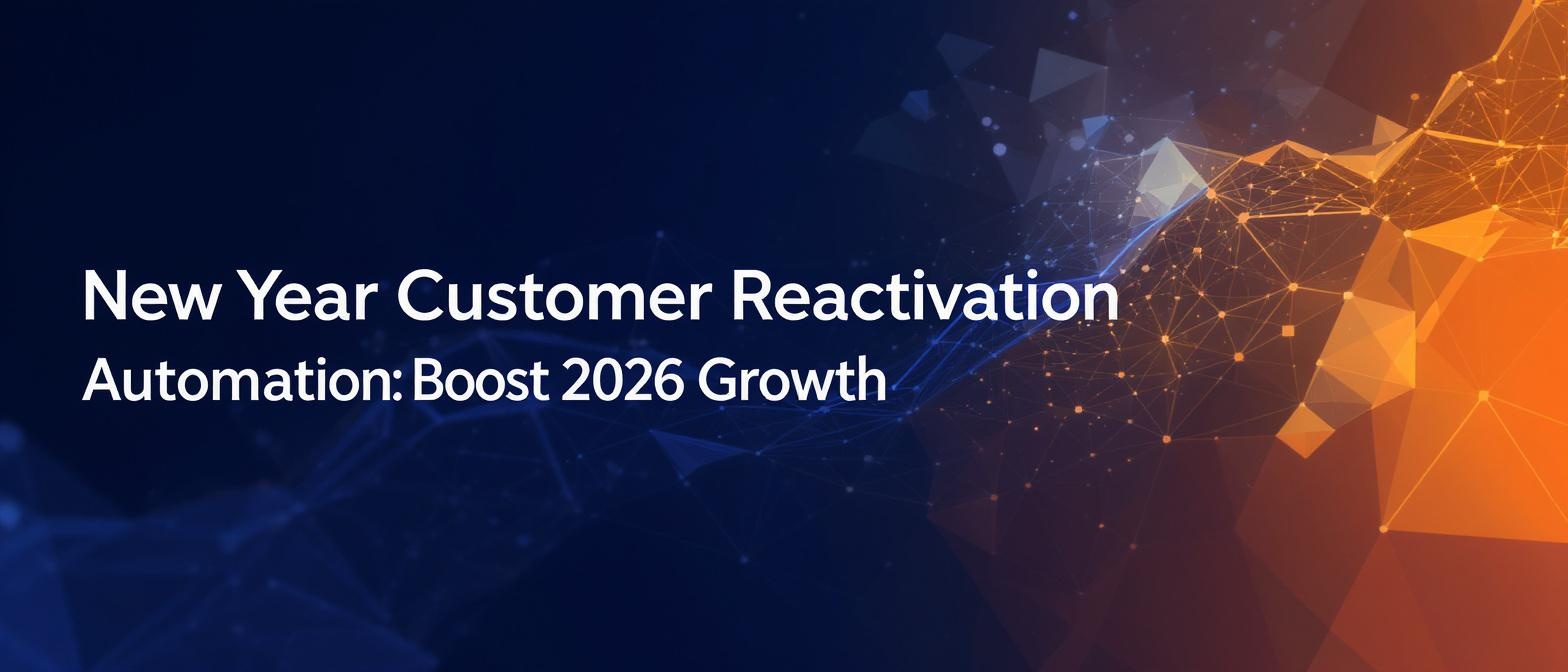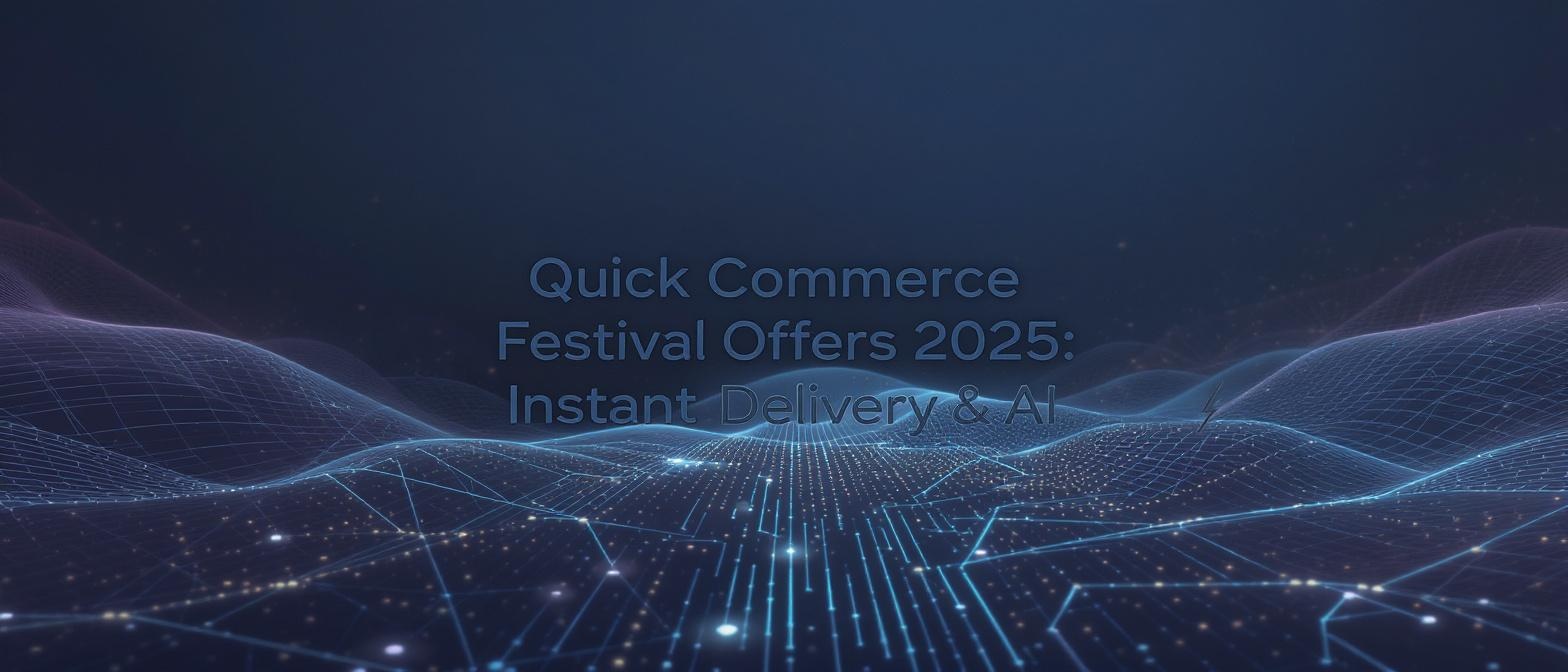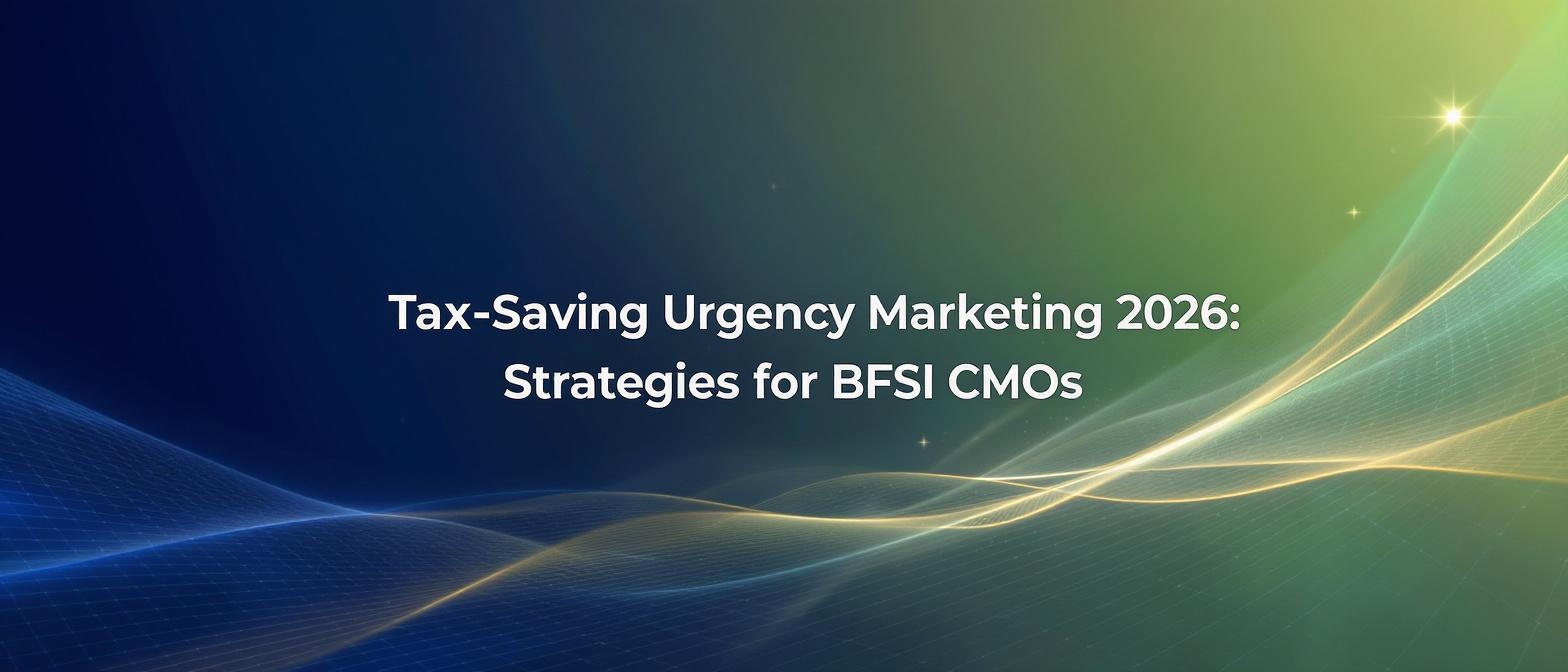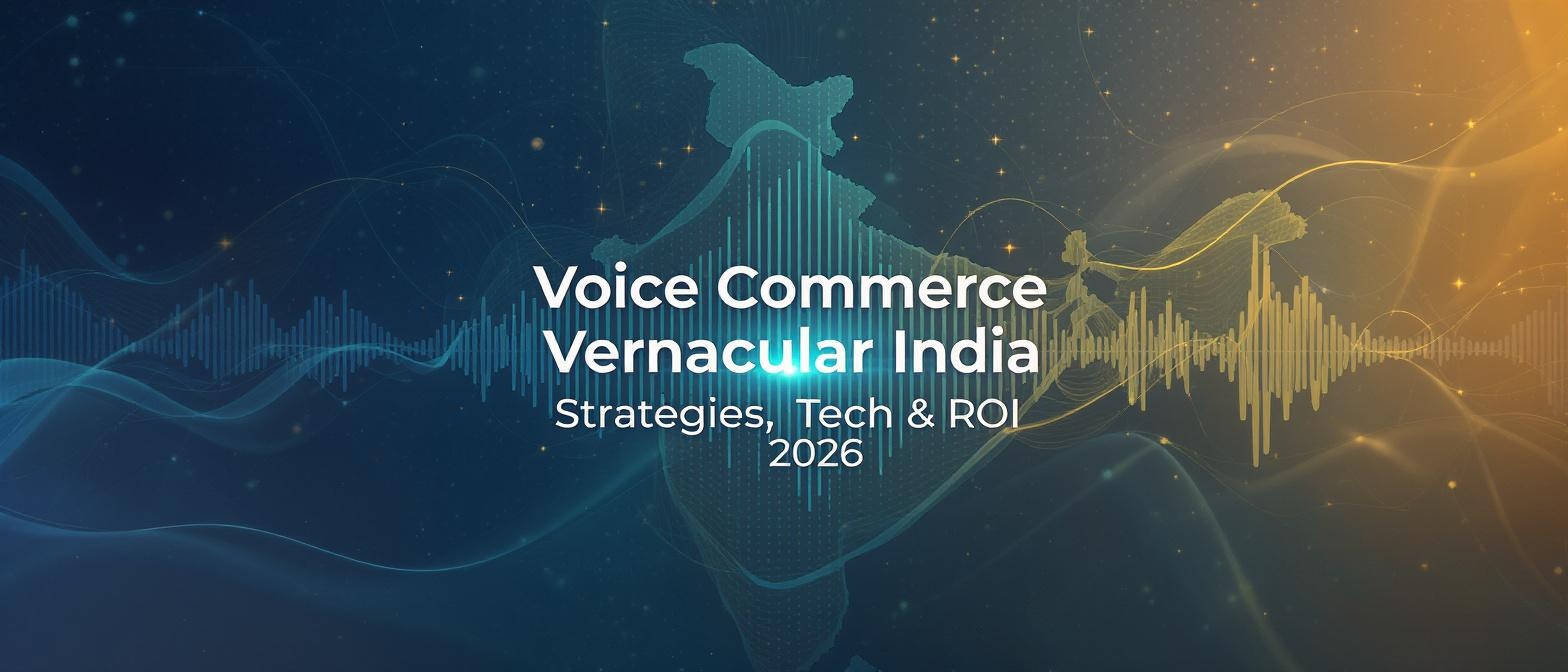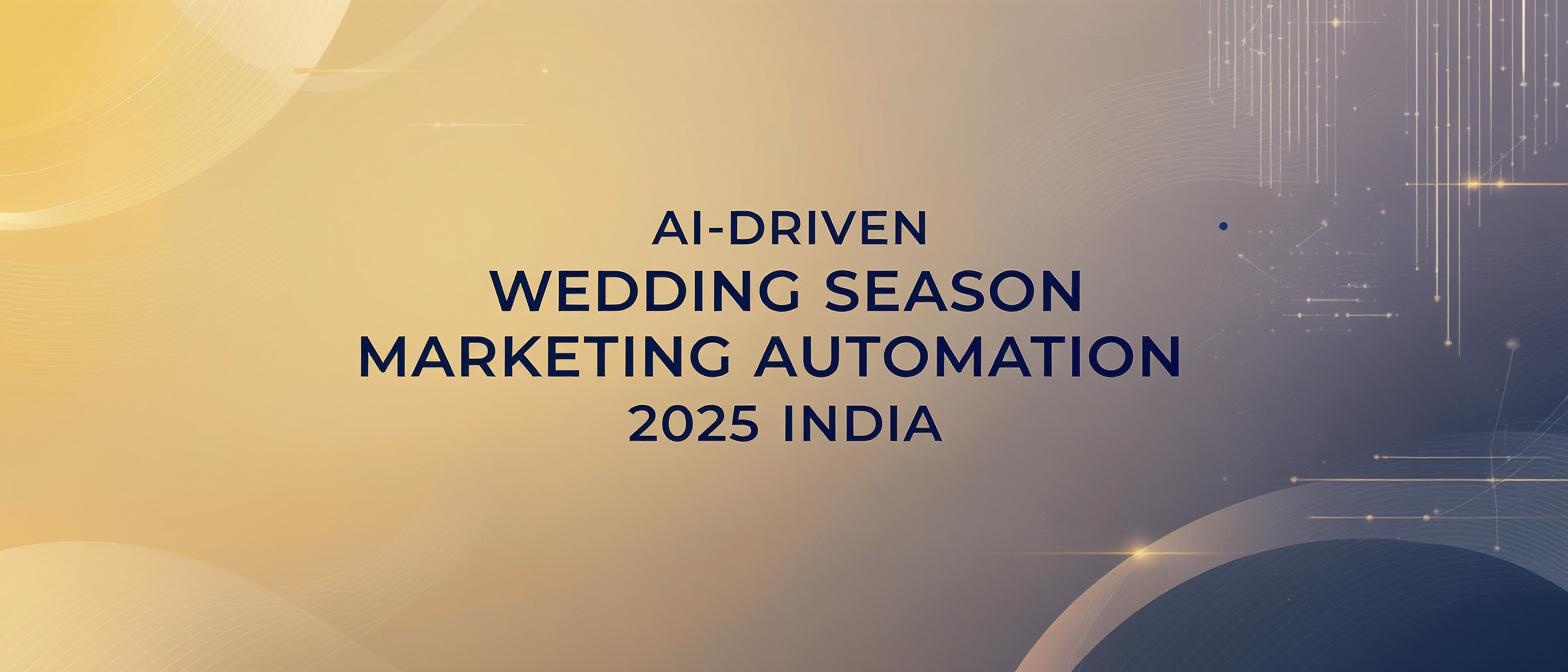New Year Customer Reactivation Automation: Kickstart January 2026 with Hyper-Personalized Video Campaigns
Estimated reading time: ~9 minutes
Key Takeaways
- Leverage the “fresh start” mindset in January to re-engage dormant customers.
- Hyper-personalized video campaigns significantly boost reactivation and Q1 conversions.
- Use multi-channel automation (email, SMS, WhatsApp) for timely, relevant touches.
- Adopt AI-based solutions like TrueFan AI to scale video personalization efficiently.
- Align campaigns with personal resolutions to build deeper brand-customer bonds.
The turn of the year is more than a calendar event; it’s a powerful psychological moment. As January arrives, consumers are uniquely motivated by a “fresh start” mindset, actively seeking tools and opportunities for self-improvement. For marketers, this opens a critical window to re-engage dormant customers, and New Year customer reactivation automation is the key to unlocking that potential.
This strategy involves using automated, multi-channel workflows to deliver hyper-personalized video content that resonates with the goal-setting spirit of January. Research shows that Q1 campaigns aligned with customer resolutions can achieve up to 42% higher engagement. By integrating automated channels like email, SMS, and WhatsApp with powerful video APIs, brands can deliver timely, customized messages at a scale previously unimaginable, turning lapsed users into loyal advocates for the year ahead.
This isn't just about sending a generic "Happy New Year" message. It's a sophisticated approach to fresh start customer activation, leveraging data to speak directly to individual goals and aspirations. Platforms like TrueFan AI enable this by transforming a single celebrity endorsement into millions of unique video messages, each tailored to the recipient. The result is a campaign that feels less like marketing and more like a personal encouragement to achieve their 2026 goals.
Source: https://www.truefan.ai/blogs/new-year-customer-reactivation-campaigns
Understanding New Year Motivation Marketing Campaigns
New Year motivation marketing campaigns are designed to tap into the psychology of resolutions. At its core, this strategy recognizes that consumers in January are actively goal-driven and far more receptive to offers that support their ambitions for self-improvement, whether in fitness, finance, or personal development.
The science behind this is compelling. Consumers are not just making lists; their purchasing intent shifts to align with their new goals. According to industry analysis, consumers in January are 1.4 times more likely to act on marketing messages that align with their personal goals. This makes resolution-based marketing automation a highly effective tool for cutting through the noise.
By aligning your messaging with specific resolutions, you instantly boost relevance and, consequently, open and engagement rates. For example, a dormant customer who previously browsed fitness apparel is more likely to respond to a video encouraging them to "kickstart their 2026 fitness journey" than a generic discount offer. This is the essence of goal-oriented customer engagement: meeting customers where they are in their personal journey.
Source: https://www.truefan.ai/blogs/new-year-customer-reactivation-guide
Strategies for January 2026 Goal-Setting Marketing
January 2026 goal-setting marketing moves beyond theory into actionable campaigns. These are strategies designed around customers' annual targets, delivered in the first few weeks of the month to capitalize on peak motivation. The key is combining deep personalization with timely, automated delivery.
Here are three powerful strategies to implement:
Strategy A: Hyper-Personalized Celebrity-Led Video Messages
Imagine a customer receiving a video from their favorite celebrity who not only greets them by name but also references their city and last purchase. This level of personalization creates a powerful emotional connection.
- How it works: Using a video generation API, you can dynamically inject customer data into a pre-recorded celebrity template.
- Example Payload Snippet:
{
"vendor_id": 5,
"order_id": "NY2026_001",
"meta_data": {
"p1_text": "Hi [Name], let’s hit your 2026 fitness goals!",
"p2_static_text": "Use code GOAL2026"
}
}
This payload instructs the system to generate a video where the celebrity says, "Hi Arjun, let’s hit your 2026 fitness goals!" followed by a static call-to-action.
Strategy B: Resolution-Based Incentives
Generic offers feel impersonal. Instead, create dynamic incentives based on a customer's past behavior and inferred resolutions. This shows you understand their specific goals.
- Fitness Goal: Offer 20% off running shoes to customers who viewed sports gear in December.
- Financial Goal: Provide a free consultation with a financial advisor for users who previously engaged with savings-related content.
- Learning Goal: Offer a "buy one, get one free" deal on online courses for users who have purchased educational materials before.
Strategy C: Multi-Channel Nudge Sequence
Don't rely on a single touchpoint. An automated, multi-channel sequence ensures your message gets seen without being intrusive.
- Day 1: Send the hyper-personalized video via Email. Track open and click rates.
- Day 3 (if no response): Send a concise SMS reminder with a direct link to the offer. ("Hi Arjun, your 20% off fitness gear is waiting!")
- Day 5 (if no response): Deliver the video directly via WhatsApp for higher engagement, leveraging its rich media capabilities.
This methodical approach maximizes reach and conversion. Zomato demonstrated the power of this by sending New Year videos to lapsed users, resulting in a remarkable 17% lift in re-orders. Furthermore, with 93% of marketers reporting a strong ROI from video marketing in 2025, the business case for this strategy is undeniable.
Source: https://www.truefan.ai/blogs/new-year-customer-reactivation-campaigns, https://blog.hubspot.com/marketing/video-marketing-statistics
Creating Effective Dormant Customer Reactivation Videos
Dormant customer reactivation videos are short, dynamic clips specifically designed to re-engage inactive users. They succeed by referencing a user’s history, acknowledging their absence, and presenting a compelling, personalized offer to entice them back. The goal is to make the customer feel seen and valued, not just targeted.
A significant technical hurdle in creating these videos at scale is the creative bottleneck. Traditionally, any change to the script would require a complete reshoot. However, modern AI tools have eliminated this problem. For example, using virtual reshoot and AI editing, marketers can seamlessly swap lines of dialogue—like changing "Welcome back, [Name]!" to "We've missed you, [Name]!"—without rebooking the talent. This capability alone has been shown to save approximately 3,888 creative hours per campaign.
Here are the best practices for creating these high-impact videos:
- Personalize within the First 5 Seconds: Capture attention immediately. Open with the customer's name and relevant context. For instance, a fitness studio could use the line: "Hi Arjun, we've missed you at our fitness studio! Let's make 2026 your strongest year yet."
- Incorporate Past-Purchase Imagery: Visually remind customers of the value they previously received. By using
image_datafields in an API call, you can dynamically insert an image of their last purchase.
Example:{"p1_image": "https://your-cdn.com/product/running-shoe-123.jpg"} - Offer a Time-Bound, Resolution-Tied Incentive: Create a sense of urgency that aligns with their New Year goals. A compelling offer might be: "Book your first January class by the 10th and get 50% off."
This combination of personal address, visual reinforcement, and a relevant, urgent offer is the formula for effective resolution-based marketing automation that turns dormancy into action.
Source: Internal product documentation on creative hours saved
Implementing Resolution Marketing Video Automation
Resolution marketing video automation refers to the end-to-end workflow that identifies inactive customers, generates a bespoke video for each one, and delivers it through the right channel automatically. This is where strategy meets execution, transforming a marketing concept into a scalable, measurable system.
Implementing this requires a clear, step-by-step process that connects your customer data to a video generation engine and finally to your delivery platforms.
- Identify the Dormant Segment: Start by querying your CRM. Create a segment of customers who meet specific inactivity criteria, such as "no purchase in the last 60 days" but have shown interest in a particular category (e.g., fitness).
- Trigger the Video Generation API: For each user in the segment, your system makes an automated API call to the video platform. This is typically a POST request containing the personalization data.
Endpoint Example:POST https://newvideorequest.truefans.in/api/post_new_request - Monitor Status and Retrieve the Video: After the request is sent, the system monitors the video's status via a status-check API or waits for a webhook notification. Once the video is rendered, the webhook delivers the final
videoUrl. - Distribute Across Channels: With the video URL in hand, your marketing automation platform (e.g., Salesforce Marketing Cloud, HubSpot) takes over. It plugs the unique URL into an email template, an SMS message, or a WhatsApp message and sends it to the customer.
- Capture and Analyze Performance: Track every step of the funnel. Use a centralized dashboard to monitor view rates, click-through rates (CTR), and the ultimate conversion lift from the campaign. This data is crucial for A/B testing and optimizing future campaigns.
The technology powering this is incredibly advanced. For example, TrueFan AI's 175+ language support and Personalised Celebrity Videos are built on a platform capable of rendering each unique video in under 30 seconds. This speed ensures that reactivation messages can be triggered by real-time events, such as cart abandonment, for maximum impact.
Source: TrueFan AI Executive Document
Using Customer Goal-Alignment Video Campaigns
Customer goal-alignment video campaigns elevate personalization by explicitly connecting a brand's offerings with an individual customer's stated or inferred goals. It’s a strategy that reframes the brand-customer relationship from a transactional one to a supportive partnership, where the brand is an enabler of the customer's success.
This approach is particularly potent in January when aspirations are top-of-mind. Instead of just selling a product, you’re selling a solution to a resolution.
Consider these real-world use cases:
- Wellness App Reactivation: A dormant user of a fitness app receives a video from a celebrity trainer. The trainer addresses the user by name, references their last completed workout ("I saw you crushed that 5k run last October!"), and invites them to a new "2026 Fresh Start Challenge" to get back on track.
- Financial App Re-engagement: A user who set up a savings goal in a finance app but hasn't contributed recently gets a video from a Bollywood star. The celebrity mentions the user's city and congratulates them on setting a ₹50,000 savings goal, then shares a link to a video tutorial on how to achieve it faster.
The technical execution for such complex personalization involves feeding multiple dynamic fields to the video API. Using array formats for text fields like p1_text and p2_text allows for multi-line messaging, enabling more detailed and conversational scripts. For example, {"p1_text": ["Hi Priya!", "Ready to smash that ₹50,000 savings goal?"]} would render two distinct lines of text in the video.
Solutions like TrueFan AI demonstrate ROI through this deep alignment. By making the customer the hero of the story and positioning the brand as their guide, these campaigns foster loyalty and drive significantly higher engagement than product-centric advertising.
Source: TrueFan AI Executive Document API details
January Customer Journey Restart
The New Year is the perfect time for a January customer journey restart. This means conducting a systematic refresh of all customer touchpoints to align with the "fresh start" mindset. It’s an opportunity to re-evaluate what worked in the previous quarter and optimize for the unique psychological context of Q1.
A successful restart requires a structured approach:
- Audit and Analyze: Begin by auditing your last quarter's campaign performance. Use analytics dashboards to identify drop-off points, successful triggers, and content formats that resonated most with your audience.
- Re-segment by Resolution Type: Go beyond simple demographic segmentation. Group your dormant customers by their likely New Year goals, such as fitness, learning, or financial well-being, based on their past browsing and purchase history.
- Map New Journey Flows: Design new, simplified journey flows for January. A typical flow might be:
- Awareness: A hyper-personalized video nudge via email or WhatsApp.
- Consideration: An exclusive, resolution-aligned incentive.
- Conversion: A clear call-to-action.
- Retention: An automated follow-up message celebrating their first step towards their goal.
- Sync CRM Triggers: Ensure your CRM tags and triggers are perfectly synchronized with your video automation workflows. For instance, a "viewed_fitness_category" tag in your CRM should trigger the "fitness_resolution" video campaign.
- A/B Test and Optimize: Continuously test creative variants. Use AI-powered virtual reshoots to test different tones, offers, or calls-to-action without the cost of new production. Optimize based on hard metrics like video watch-through rates and conversion lift.
Looking ahead to 2026, video marketing personalization trends will be dominated by the scalable use of Generative AI and the rise of interactive, shoppable video formats. As customer expectations for tailored experiences grow, brands that adopt these technologies will gain a significant competitive advantage. By 2025, it is projected that the AI in marketing market will reach $47.32 billion, highlighting the massive industry shift towards these intelligent solutions.
Source: https://www.shopify.com/in/blog/video-marketing-trends, https://www.seo.com/ai/marketing-statistics/
Conclusion
The January "fresh start" is a fleeting but immensely valuable opportunity. By moving beyond generic New Year greetings and embracing New Year customer reactivation automation, brands can transform this psychological moment into a powerful engine for growth. Hyper-personalized video campaigns, delivered through automated, multi-channel workflows, are proven to deliver measurable ROI through higher open rates, stronger re-engagement, and significantly reduced customer churn.
Strategies built around January 2026 goal-setting marketing don't just win back a sale; they rebuild relationships. By aligning your brand with a customer's personal aspirations, you turn dormant users into active, engaged advocates. The technology to achieve this at scale is no longer a futuristic concept—it is here, accessible, and delivering results for leading brands today.
Now is the time to plan your fresh start customer activation. Map out your resolution-based segments, design your custom video journeys, and prepare to turn the promise of a new year into your most successful quarter yet.
Frequently Asked Questions
1. What is New Year customer reactivation automation?
New Year customer reactivation automation is the strategic use of automated systems (like CRMs and marketing platforms) to send hyper-personalized video content to dormant or inactive customers during January. It leverages the "fresh start" mindset of the New Year to re-engage users with messages and offers that align with their personal resolutions and goals.
2. Why is video more effective than email for reactivation?
Video is more effective because it combines sight, sound, and motion to create a more engaging and emotional connection. A personalized video, where a customer is addressed by name, feels significantly more personal and memorable than a text-based email. Statistics consistently show that video content leads to higher engagement rates, click-through rates, and conversion lifts compared to static content.
3. How can a small business use New Year customer reactivation automation?
Small businesses can leverage this strategy by using scalable and cost-effective platforms. Many modern tools offer tiered pricing or self-serve models. The core steps remain the same: segment your inactive customers in your CRM, use a template-based video tool to create personalized messages with their names, and automate the delivery via email or SMS marketing tools you already use. Platforms like TrueFan AI offer solutions that can be adapted for businesses of various sizes.
4. What kind of data is needed for hyper-personalization?
At a minimum, you need the customer's first name. However, for more impactful personalization, you can use data points such as their city, last purchase date, last product viewed, or loyalty program status. The more relevant the data you can ethically and securely integrate, the more personal and effective the video message will be.
5. What is the typical ROI on a personalized video campaign?
While ROI can vary by industry and campaign execution, it is consistently high. Brands have reported significant lifts in key metrics, such as a 17% increase in re-orders (as seen with Zomato) or a 3.2x higher participation rate in contests. The primary drivers of ROI are increased conversion rates, higher customer lifetime value from reactivated users, and operational savings from automated, AI-driven creative processes.
6. How do you measure the success of a reactivation campaign?
Success is measured through a combination of engagement and conversion metrics. Key performance indicators (KPIs) include:
- Video View Rate and Completion Rate: How many people are watching the video and for how long.
- Click-Through Rate (CTR): The percentage of viewers who click the call-to-action link.
- Conversion Rate: The percentage of viewers who complete the desired action (e.g., make a purchase, sign up).
- Reactivation Rate: The percentage of the dormant list that becomes active again.
- Lift in Revenue: The direct increase in sales attributed to the campaign compared to a control group.

